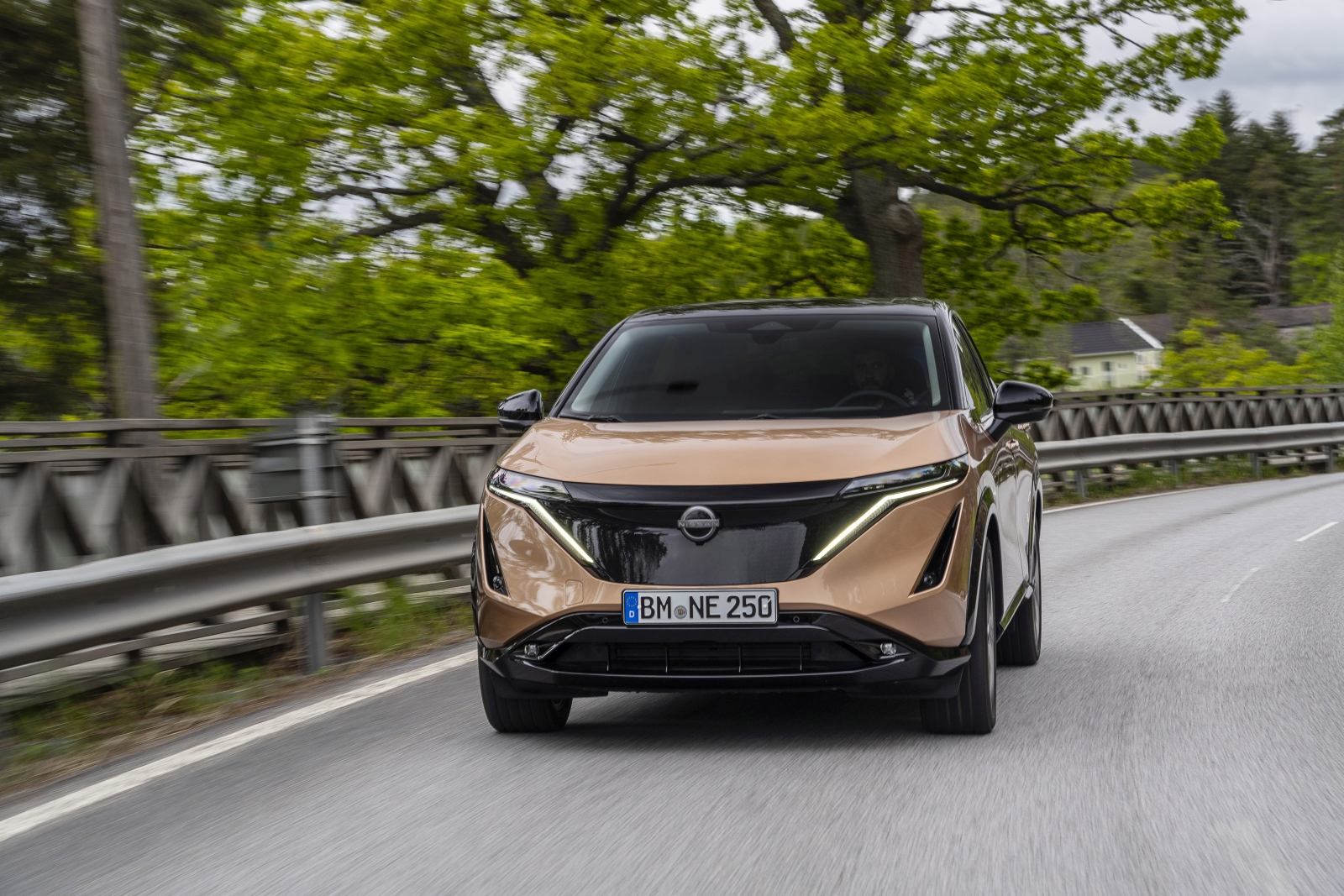Review – Nissan Ariya (2022)
Leaf and Qashqai
The Ariya is a car we’ve actually been quite looking forward to. After all, Nissan has the most experience with electric cars and crossover SUVs of any automaker in the world. Go figure: with the introduction of the first generation Qashqai in 2007, Nissan was one of the founders of the crossover segment. In addition, the Japanese were one of the first automakers to mass produce an all-electric car: the Nissan Leaf (2010).
Large electric SUV
The Ariya is a kind of cross between a Nissan Qashqai and a Nissan Leaf. It is an SUV and it is fully electric. It is a lot bigger than a Qashqai. The Ariya is 4.59 meters long, 1.85 meters wide and 1.66 meters high. The wheelbase is 2.78 meters. So quite a good boy.
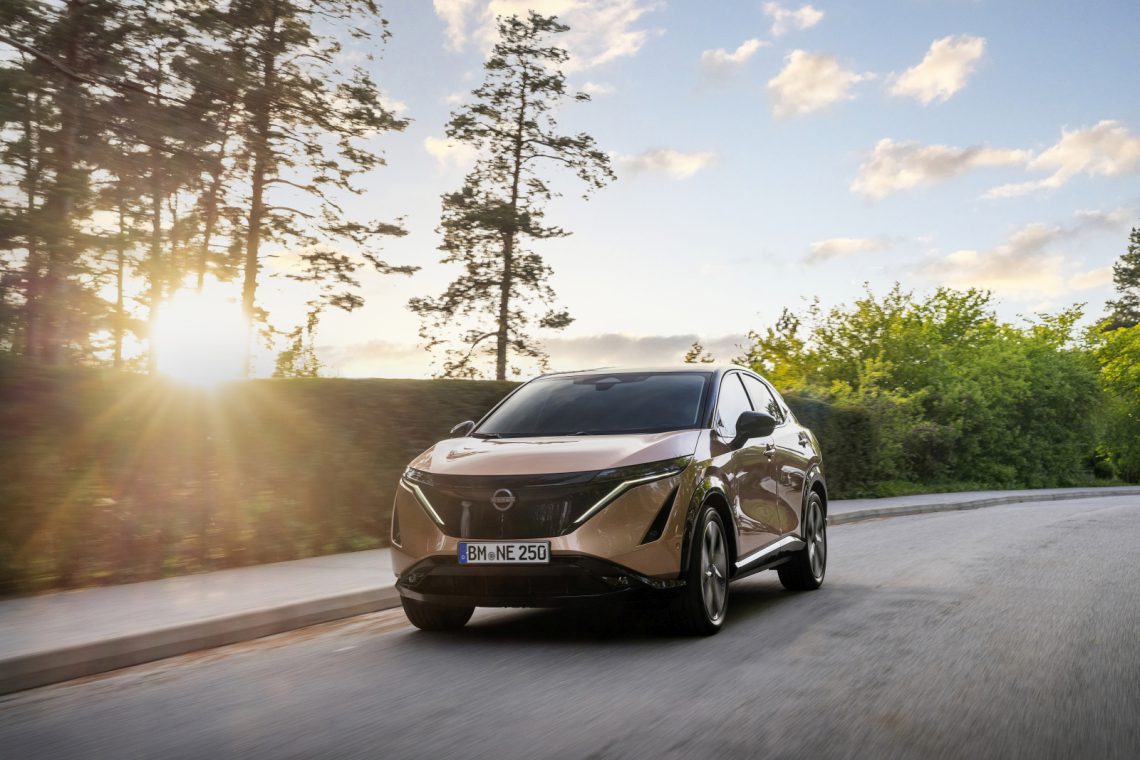
Nissan R’nessa
Fun fact: the Nissan Leaf was actually not the first electric car in series production at all, and the Qashqai was not the first crossover. Nissan launched an electric SUV much earlier. Back in 1997, Nissan presented the R’nessa EV, the first production electric car with lithium-ion batteries. The R’nessa EV – also known as the Altra EV – is a true crossover, although that term did not exist at the time. And it was all-electric. Unique at the time. It got 230 kilometers thanks to a 345V battery pack from Sony. It could even apply regenerative braking, like modern EVs. It just goes to show how much experience Nissan has with crossovers and EVs.
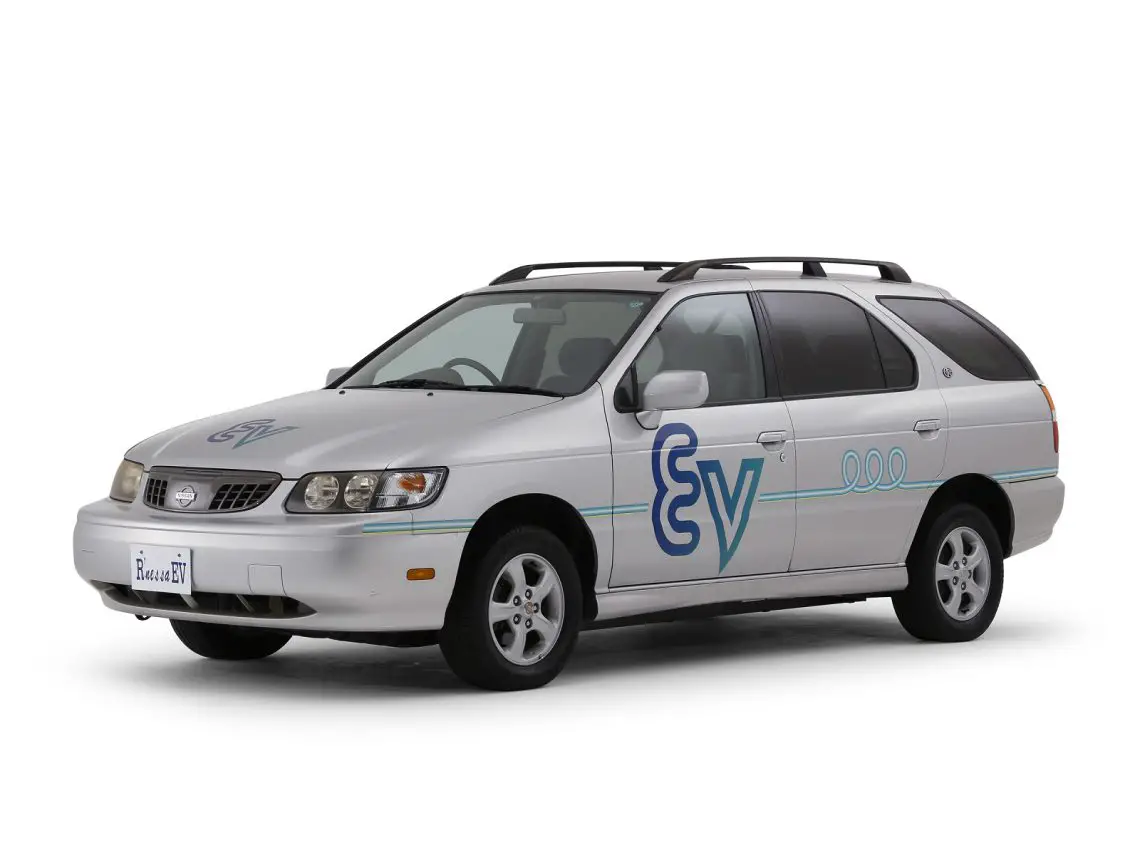
Three variants
Back to the Ariya. Three different variants of the Ariya are coming to Europe. You can choose from two- or four-wheel drive and two different battery packages. The basic version has a battery pack with a capacity of 63 kWh and is about 400 kilometers away. The other two variants both feature an 87 kWh battery. With this battery – depending on the version – you can drive up to 533 kilometers on a single battery charge. Charging can be done at home up to 22 kW – but is an option – and 130 kW at a fast charging station. With the right quick charger, the large and small battery packs are both back to 80 percent within half an hour.

Is he a little smooth?
Yes, that’s him. Even the entry-level model – the Advance – is a smooth guy. This is equipped with the small 63 kWh battery pack and a 218 hp electric motor that drives the front wheels. Like all electric SUVs, it is on the heavy side, yet the 1,800-pound Ariya sprints to 100 mph in 7.5 seconds. Not bad, for a basic performance. In addition, thanks to the immediately available torque, it shoots out of the starting blocks extra quickly for the first few meters. From standstill to 50 mph, it is too fast for many a petrol car.
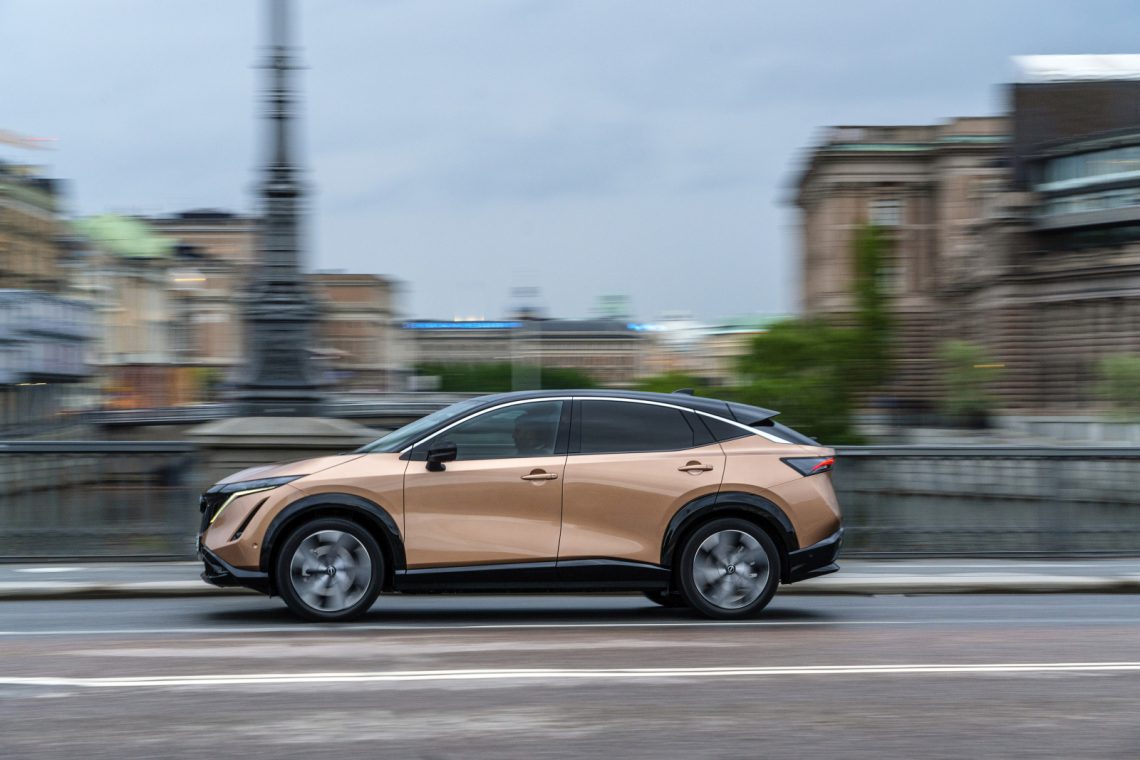
Ariya e-4ORCE
Above the Advance is the 242 hp Evolve. In the bottom lies an 87 kWh battery, from which you can squeeze up to 533 kilometers with the right driving style. If you choose the all-wheel-drive e-4ORCE variant, the system power increases to 306 hp and 600 Nm, but the range drops to 500 kilometers. If you are a rush type, the Ariya e-4ORCE is the version to have. It sprints to 100 km/h in 5.7 seconds and has a top speed of 200 km/h. According to Nissan, they used their years of experience with the Nissan GT-R and Formula E to develop the e-4ORCE powertrain. This technology, according to the Japanese, provides perfect power distribution to the four wheels, which should make it handle like a Nismo model. We will put this version to the test at a later date.

There are already so many electric SUVs, what makes the Ariya unique?
As mentioned, Nissan understands crossovers and electric cars. Matters such as space availability and range are therefore good for each other. It is the design that makes the car truly unique. In particular the interior design.
The minimalist dashboard largely consists of a wooden panel, which contains virtual switches. So they are not on the panel, but really in it. The panel looks very nice and would not look out of place in a car from a much higher segment. A similar design is therefore familiar from the BMW iX. Not unimportant: the buttons are easy to operate, even while driving. They ‘vibrate’ as soon as you touch them, just like your mobile vibrates when you tap something on the screen. The buttons appear only when the ignition is on. If you turn off the car, you (almost) no longer see them.
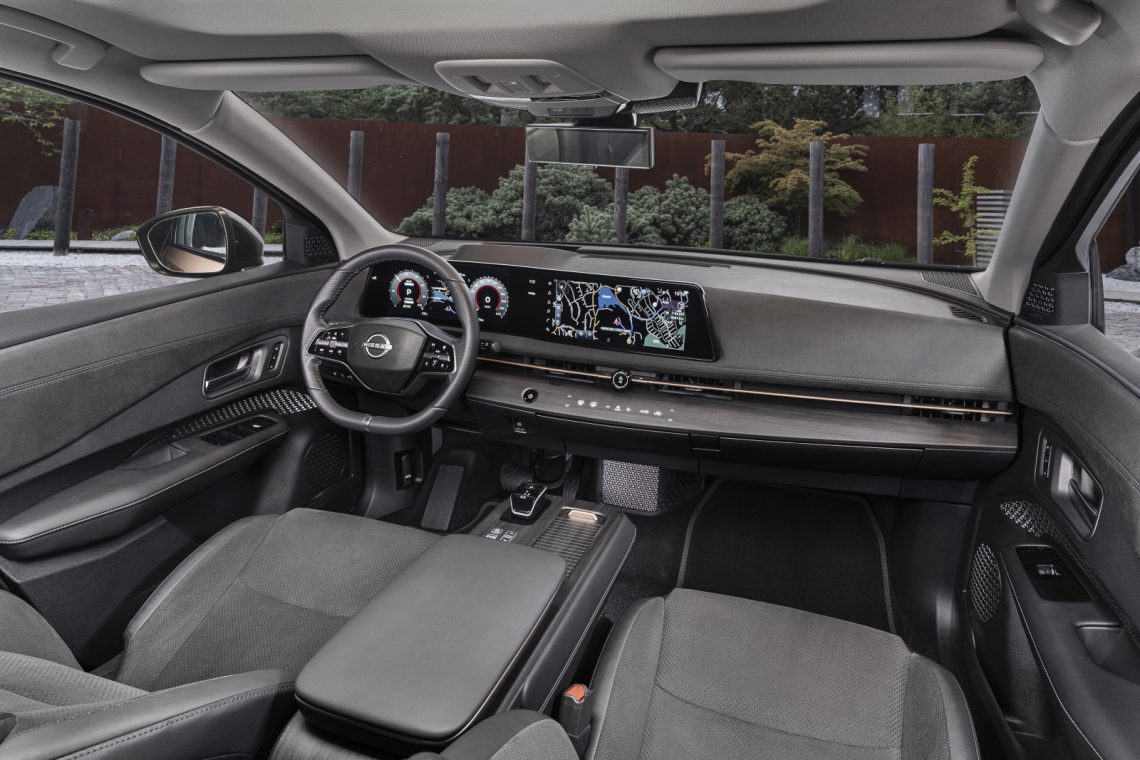
Premium Sense
What is also striking are the materials used. They are of very high quality. No hard plastic with high gloss black finish. Everything you touch feels soft. The door panels, the seats, the dashboard, almost everything is covered in alcantara or synthetic leather. You get the feeling like you’re in a thickly dressed German SUV. There is even high-pile carpet. We are absolutely not going to make a comparison with Rolls-Royce, but name us another car in this segment with a deep-pile carpet?
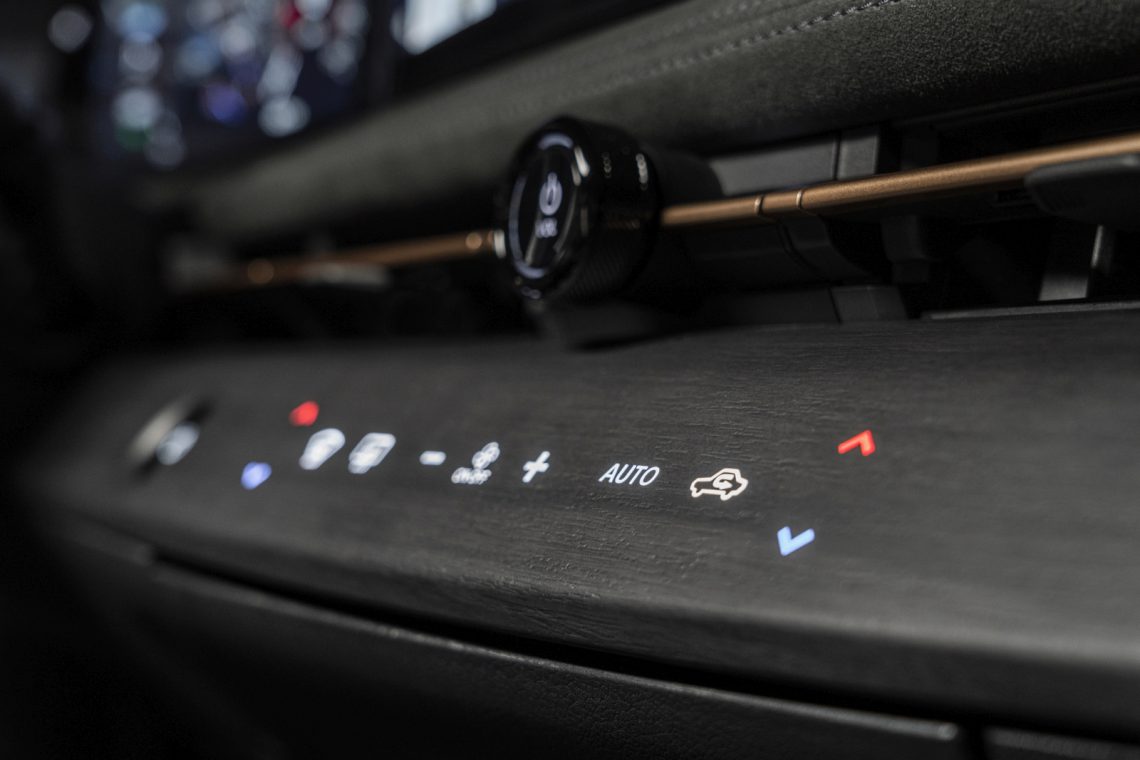
How big is the boot space of the Nissan Ariya?
So the Ariya is considerably larger than a Qashqai and you notice that when you get in the back. Only very tall persons get in the back with their legs. Headroom is also OK unless you’re 6 feet or taller. There is also plenty of room in the trunk. Front-wheel-drive versions – regardless of battery size – have 468 liters of storage space. The e-4ORCE version also has an electric motor in the rear, leaving 415 liters of space for goodies.
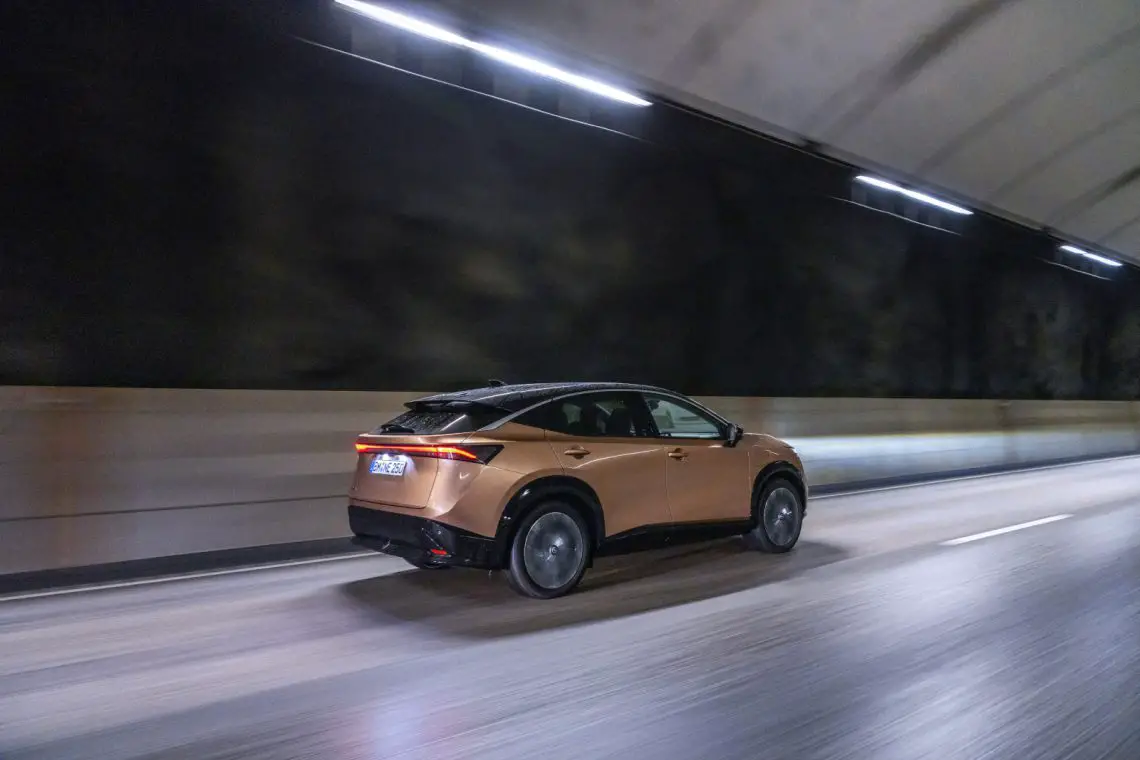
What is the cost of the Nissan Ariya?
Prices for the Ariya start at 48,990 euros. For a version with the large battery pack, you’ll spend at least 54,990 euros. For the top version with the most power and all-wheel drive, Nissan charges a minimum of 58,990 euros. How the Nissan Ariya drives we tell you in our drive test video below:

